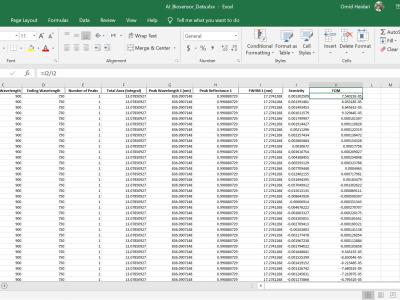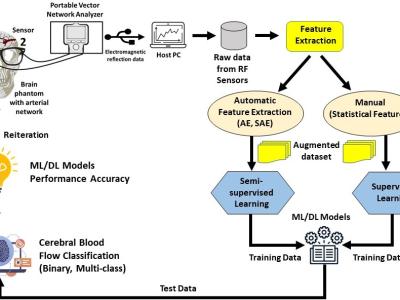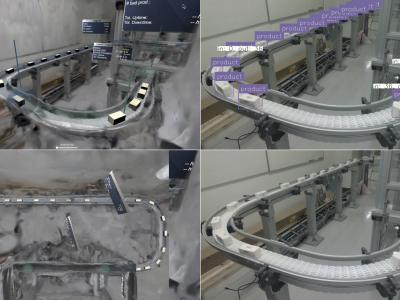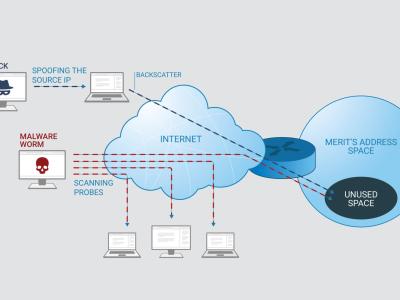
Comprehensive dataset (5000 spectra) of simulated grating biosensor reflections in Excel format. Generated via Lumerical FDTD, it includes 11 parameters (thickness, RI, peak wavelength, FWHM, reflectance, etc.). It is ideal for data visualization, sensor response exploration, and AI/ML benchmarking. The full dataset in Excel format is coming soon! Follow this repository to be notified when it's released. In the meantime, feel free to browse the README for more information about the project.
- Categories:







